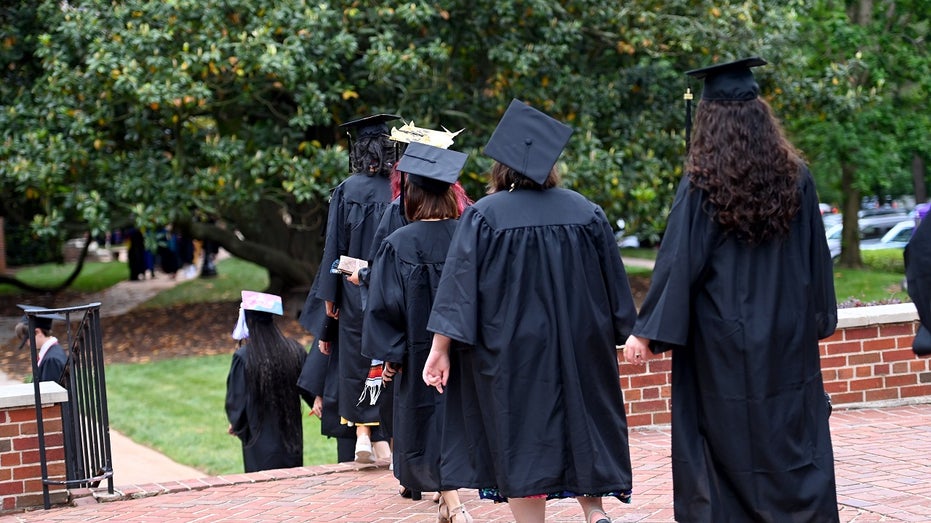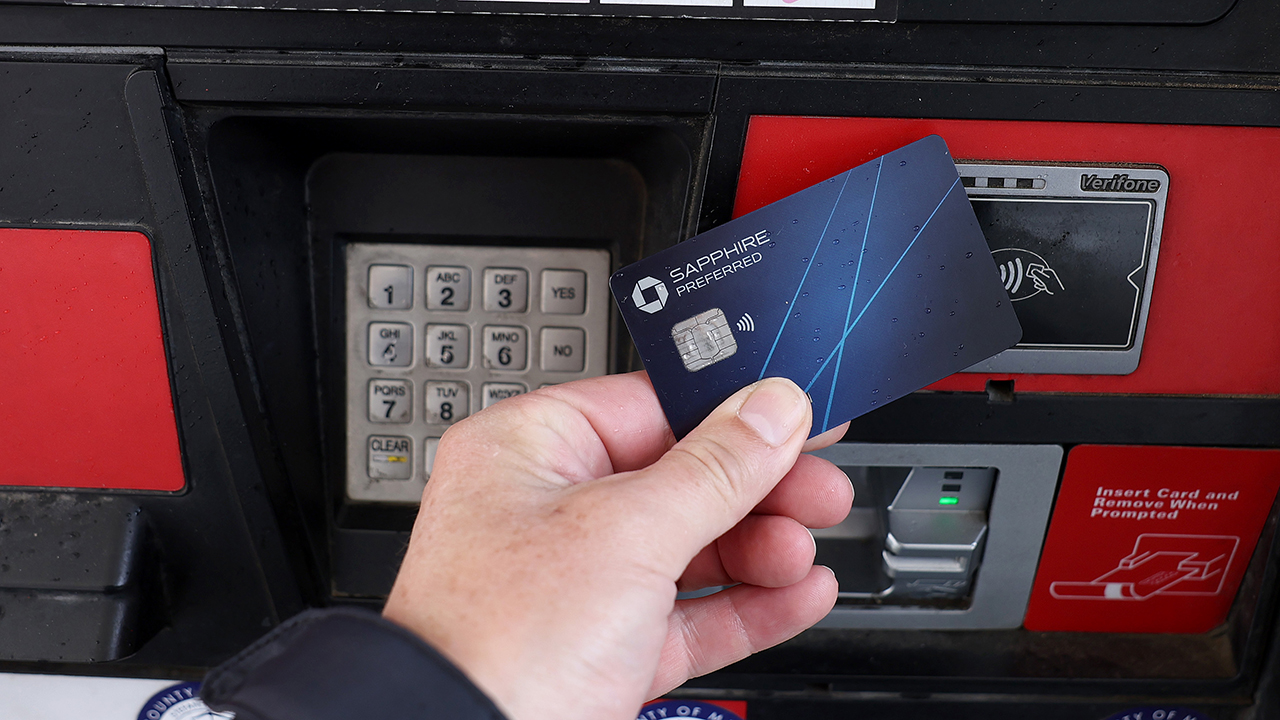Student loan payments may be to blame for a spike in credit card delinquencies
Credit card debt is marching higher, and student loan payments could be to blame
Credit card debt is blooming: Lee Munson
Portfolio Wealth Advisors President and CIO Lee Munson discusses the expected release of big bank earnings, the Fed's rate cuts and shares his market outlook for the year.
A growing number of Americans are falling behind on their monthly credit card payments, and student loan repayments could be to blame, according to new data published by the Federal Reserve Bank of New York.
Credit card delinquencies tumbled in the early days of the pandemic as the government sent trillions in stimulus money to American homes and businesses. However, delinquencies have steadily ticked higher as a result of high inflation and interest rates, which have hindered Americans' ability to pay off their credit card balances each month.
As of December, about 3.1% of outstanding credit card debt was in some stage of delinquency, up from the 3% recorded the previous quarter but still down from the average 4.7% rate seen before the COVID-19 pandemic began, findings from the New York Fed show.
"Credit card and auto loan transitions into delinquency are still rising above pre-pandemic levels," said Wilbert van der Klaauw, economic research adviser at the New York Fed. "This signals increased financial stress, especially among younger and lower-income households."
THE NUMBER OF HIGH-PAYING JOBS IS DWINDLING

In this photo illustration, a credit card is used to pay for gasoline on Feb. 7, 2024 in San Anselmo, California. (Photo Illustration by Justin Sullivan/Getty Images / Getty Images)
Credit card delinquencies continued to rise from their pandemic-era lows during the fourth quarter. In the three-month period from October to December, about 8.5% of credit card debt moved into delinquency, compared with an 8.01% uptick during the third quarter and 5.87% one year ago.
The increase was most pronounced among individuals between the ages of 30 and 39.
"It's maybe not a flashing red signal, but something that is indicative of a slight weakening in household balance sheets that is consistent with a slowdown in consumption as 2024 moves on, and a little bit of a retrenchment by the consumer," New York Fed researchers told reporters during a call.
There are likely several reasons to blame for the rise in delinquencies among younger Americans.
The increase could reflect the resumption of student loan payments or indicate that this age group overextended themselves financially when they were receiving stimulus payments during the pandemic.
MORE AMERICANS ARE GETTING A SECOND JOB TO OFFSET STING OF HIGH INFLATION

Visa Inc. credit and debit cards are arranged for a photograph in Washington, D.C., on Monday, April 22, 2019. (Photographer: Andrew Harrer/Bloomberg via Getty Images / Getty Images)
"We do think the resumption of student loan payments is weighing a little bit more on that cohort," the researchers said.
Federal student loan payments restarted at the beginning of October after President Biden declined to extend the pandemic-era pause that first began in March 2020 under his predecessor, former President Trump. Although payments did not officially restart until October, interest began accruing again on Sept. 1.
| Ticker | Security | Last | Change | Change % |
|---|---|---|---|---|
| MA | MASTERCARD INC. | 571.88 | +6.09 | +1.08% |
| V | VISA INC. | 349.20 | +3.19 | +0.92% |
| JPM | JPMORGAN CHASE & CO. | 317.13 | +4.11 | +1.31% |
| C | CITIGROUP INC. | 114.87 | +2.04 | +1.81% |
| BAC | BANK OF AMERICA CORP. | 55.24 | +1.02 | +1.88% |
The average monthly bill hovers between $200 and $299 per person, although it is even higher for some borrowers, according to the most recent Federal Reserve data.
Collectively, borrowers resumed paying about $10 billion a month in October, according to a separate analysis from JPMorgan.

Agnes College graduates participate in the 2022 Agnes College Commencement at Agnes Scott College on May 14, 2022, in Decatur, Georgia. (Photo by Paras Griffin/Getty Images / Getty Images)
"Student debt delinquencies aren't being reported until later this year, so we can't see that in our bureau data, but we can potentially – and we do see – kind of some of that spillover into these other debt," the researchers said. "It may be the case that the resumption of payments is going to put increased pressure, particularly on that cohort, but other cohorts as well."
The resumption of student loan payments comes as consumers continue to face sky-high interest rates and elevated prices for everyday goods, which has rapidly eroded their purchasing power. Experts say the addition of student loan payments could deliver a financial shock to millions of Americans.
GET FOX BUSINESS ON THE GO BY CLICKING HERE
Many borrowers hoped that their loans would be wiped out, but the Supreme Court last year struck down Biden's student loan plan that would have erased up to $20,000 in loans per borrower.
Since then, the White House has announced other efforts to reduce student loan debt, including erasing $127 billion of debt owed by about 3.6 million borrowers.





















